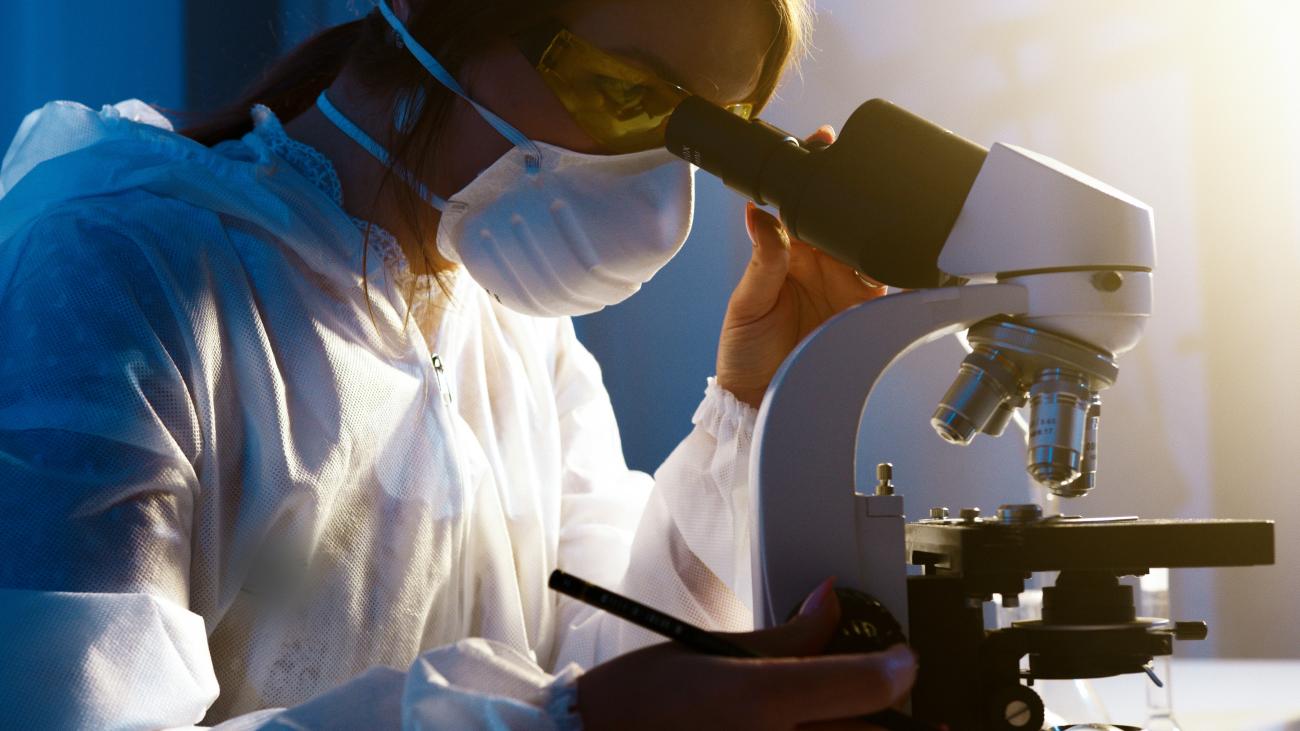Database providing access to the High Technology Network's industrial research offering: research competences, type of analyses and tests available at the Laboratories. Companies can consult the Catalogue to find Laboratories and researchers that match their needs.
Competence
Acoustic methods for solid food texture evaluation (cheese, watermelon, pasta, etc.)
Analysis of contaminants and allergens in raw materials and finished products, flavour analysis, analysis of simple and complex carbohydrates
Analysis of the physical, rheological, chemical, microbial, and sensorial properties during storage
Analytical methods for detection of allergens of vegetal origin and hidden allergens in food products
Analytical methods for detection of microbial contamination in food (bacteria, viruses, moulds, yeasts)
Analytical methods for the detection of nanoparticles (metal nanoparticles, nanofibres and nanocapsules) in raw materials and finished products
Analytical methods for the evaluation of the effects of industrial processing on nutritional value of foods
Analytical tests for shelf-life characterization
Biomarker identification to assess the effects of bioactive components in humans
Characterization of products of microbial origin: biomass, metabolites, natural antibiotics. Conversion and transformation processes of food an by-products
Characterization of soluble fibre in functional food
Colour analysis with destroing and non-destroying techniques
Combined stabilization strategies to enhance shelf-life and food safety
Definition of product specifications and analytical methods of verification
Design of experiment (DoE) and Food Design to study interaction between formulation and process conditions
Effects of industrial processes on the nutritional qualities of foods
Effects of packaging on the evolution of food microbial population
Evaluation of dietary habits of the population in order to identify risk behaviours and prevention strategies
Evaluation of the interactions between food matrix and bioactive components
Evaluation of the organoleptic characteristics of food bioactive components and related food
Evaluation of the physical, chemical, and microbial characteristics of products
Experimental studies of formulations and processes: use of bioactive components from out-streams or by-products
Extraction and analytical methods for nutrients and functional elements
Extraction of bioactive components from food waste (polyphenols, omega3 and omega6 fatty acids)
Fast and non-destructive spectroscopic methods and chemometrics for food quality evaluation
Food decontamination and enzyme deactivation: high pressure homogenization, gas-plasma, pulsed electric fields
Food safety: analytical methods to evaluate the occurrence of toxic natural substances, process and environmental contaminanst
Functional compounds characterization from raw materials, ingredients, food and food industry left-overs
High resolution and solid phase nuclear magnetic resonance to assess food composition
Human studies for the validation of nutritional/health claims (including analysis of biological samples and statistical analysis of the results)
Improvement of process efficiency for saving direct and indirect costs
Innovative strategies for microbial control: the use of natural antimicrobials and thermal treatments
Input-output correlations to assess operational parameters
Interaction between food microorganisms and gut microbiota
Lab trails and scale-up to pilot plants of experimental production diagrams; check of the physical, chemical and sensorial characteristics
Marker identification for the instrumental detection of desired or undesired microflora: set up of markers or indicators
Market survey and consumer trends towards functional foods
Mathematical modelling for product/process optimization
Microbial analysis, challenge tests, instrumental analyses
Microbial kinetics during food storage
